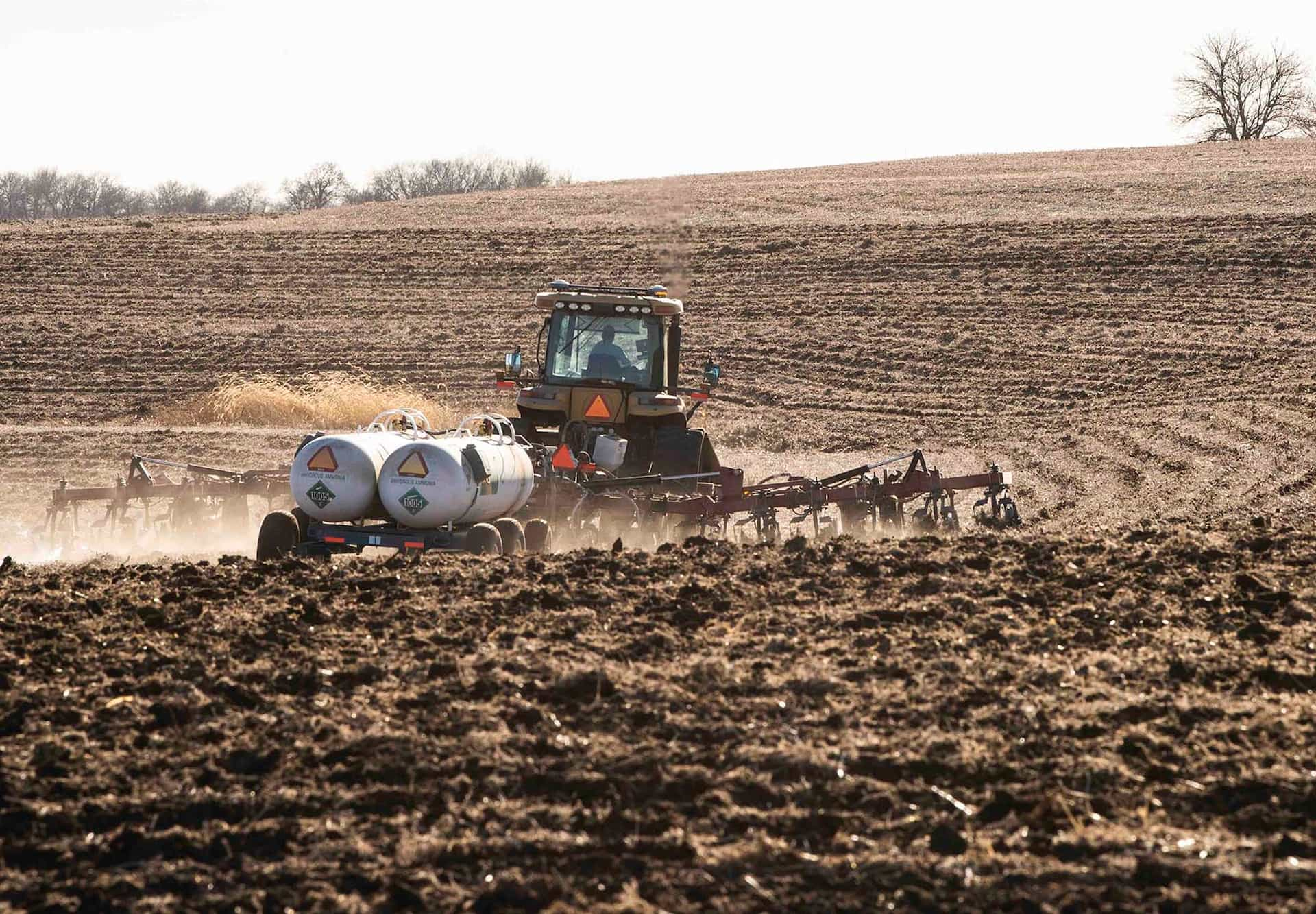Less loss equals more nitrogen for your crop
Protect your investment with stabilizers
In the current challenging agricultural environment, we have to be even smarter about managing fall nitrogen applications so we don’t throw away investment spent on fertilizer due to loss. Not only is it good stewardship of your input dollars, but it’s also good stewardship of the land to keep fertilizer stable until the crops can use it.
With corn and soybeans now being harvested or just completed, many producers will begin developing and implementing the plan for the next year’s crop, especially for corn acres.
In our region, anhydrous ammonia is often the preferred form of nitrogen fertilizer. Depending on the cropping plan, anhydrous gives us the opportunity to provide some or all of our nitrogen needs for corn well before it is planted. That allows MFA, as well as the producer, to be more efficient in the heat of spring rush when planters are rolling, sprayers are chasing, and spreaders need to be running. Unfortunately, we don’t always have the ability for those things to happen at the same time. And there can always be interruptions from Mother Nature.
In the current challenging agricultural environment, we have to be even smarter about managing fall nitrogen applications so we don’t throw away investment spent on fertilizer. Through a process called nitrification, the ammonium in nitrogen fertilizers is converted to nitrite in the soil and then further oxidized to nitrate. Once in nitrate form, the nitrogen is subject to loss because it moves freely throughout the soil with moisture and can leach below the root zone. Nitrate is also subject to denitrification, a biological process that converts nitrate to a gas that is lost to the atmosphere. This occurs in waterlogged soils.
The solution to reducing such losses is holding nitrogen in the stable ammonium form until the plants need it. How do we do that? What products and practices can help protect that investment?

It all starts with management. We need to wait until soil temperatures stay steadily at 50 degrees or below as winter approaches. Living organisms in the soil (specifically Nitrosomonas bacteria) are ready to “pounce” and “eat” on the anhydrous ammonia as a food source once it is applied. However, like most living organisms, they slow down and become less active as their environment gets cooler.
The second management consideration is to include a nitrification inhibitor, also known as nitrogen stabilizers, to help further slow the conversion of ammonia to nitrate in the soil. The main product used in our trade territory for anhydrous ammonia is Centuro by Koch Agronomic Services.
Centuro is a nitrification inhibitor with the active ingredient, pronitridine, that has been on the market less than eight years. Pronitridine has multiple mechanisms of action that prevent nitrification from occurring. We have also observed that Centuro is gentle on equipment since it is a noncorrosive material, and the use rate is much easier to calculate.
For those who have participated in our Nutri-Track N nitrogen-modeling technology, it’s important to note that the program is calibrated for Centuro when it comes to tracking and monitoring nitrogen loss.
Make sure that you are protecting your nitrogen investment and using products that have been proven to work. Not only is it good stewardship of your input dollars, but it’s also good stewardship of the land to keep fertilizer stable until the crops can use it.
Contact your local MFA Agri Services for more information on protecting anhydrous applications with a nitrogen stabilizer.